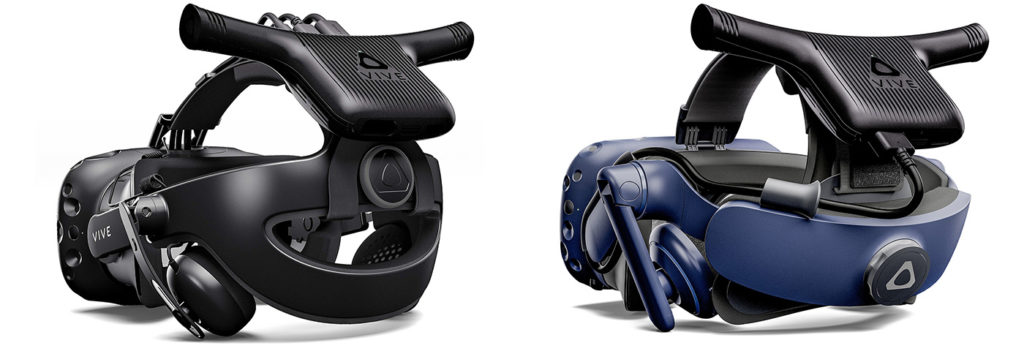HTC Vive Wireless Adapter will finally cut the VR tether in September thanks to a little help from Intel. The tether being one of Vive’s biggest drawbacks since launch.
How does the Vive Wireless Adapter work?
The technology is based on Intel’s WiGig 5G wireless, which broadcasts at the unlicensed 60GHz frequency giving it some uniquely clear airspace. Intel first showed off their prototype 14 months ago where it looked extremely promising. One potentially limiting factor may be the signal has a 150º field of view originating from the sensor. Depending on your room set up and PC placement that may eat into an already limited play area.
So Multiplayer?
Yes. Apart from the obvious advantage of not competing in “tether twister”, multiple Vive users will be able to occupy the same physical space simultaneously without interrupting each others signal.

Both Vive and Vive Pro are supported
But there is a catch, which leads us to straight on to price.
Pricing
The Vive Wireless Adapter will set you back US$300. But you will also need to add US$60 to that if you are a Vive Pro user – as that requires an additional “compatibility pack”.
Battery
The device has a cable which hangs down to a battery pack you wear on your waist. HTC states the battery will be good for 2.5hrs of continuous use within a 6m x 6m play area. You have the option of buying additional battery packs from the official website here, or, simply pick up a cheaper generic USB battery pack which will also be compatible. 2.5hrs is a fairly short stint in comparison to its competitors such as the TP Cast which has around 4.5 hours of continuous use at the same price point.
Laptops a no go
HTC has confirmed the Vive Wireless Adapter will not work with laptops – at least not at launch in September. This is a limitation due to the fact that you need an open PCI-E slot on your PC to install the wireless adapter’s sensor.
When can we get our hands on one?
The adapter will be shipping on September 24, with pre-orders available from September 5 through Amazon, Best Buy, Microsoft, NewEgg and HTC’s very own Vive.com.
Conclusion
Its limitations will be more apparent with extended use which we will cover in a more comprehensive review next month. The HTC Vive Wireless Adapter will be an extremely liberating asset to any VR set up. For that reason, we believe this will be a “must-have” for any Vive user in 2018 – certainly for commercial applications of VR. Pricing may not seem too sharp and that will deter some. In comparison to other solutions out there at present, we believe it is priced fairly, at least for the previous gen Vive owners.
Stay tuned for our comprehensive review.

Mike heads our creative team with 20+ years of cross-media design agency experience. Mike also brings a wealth of developer experience – being our resident coder with a number of apps to his name.

